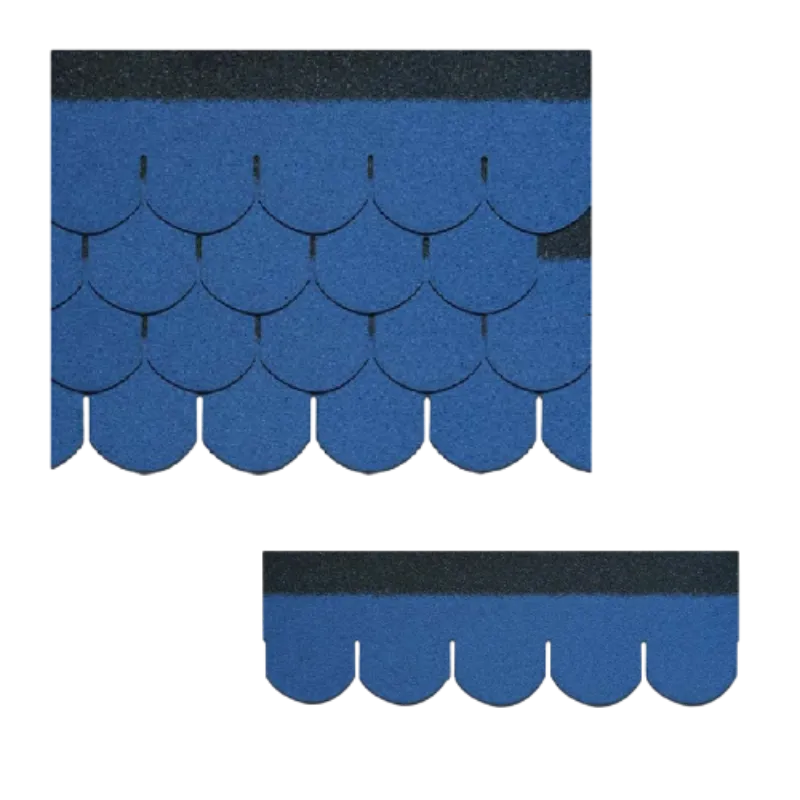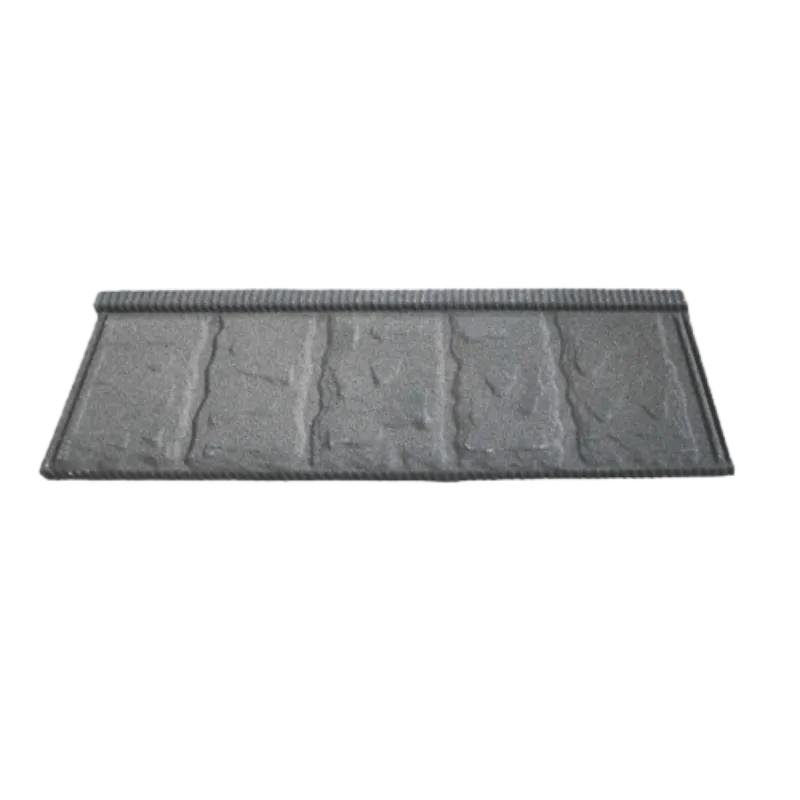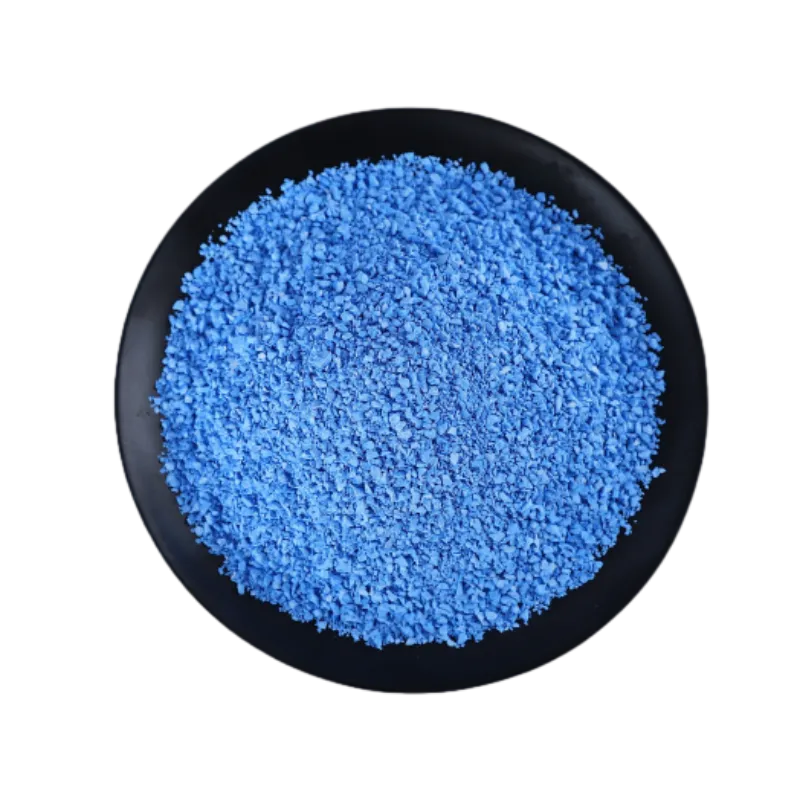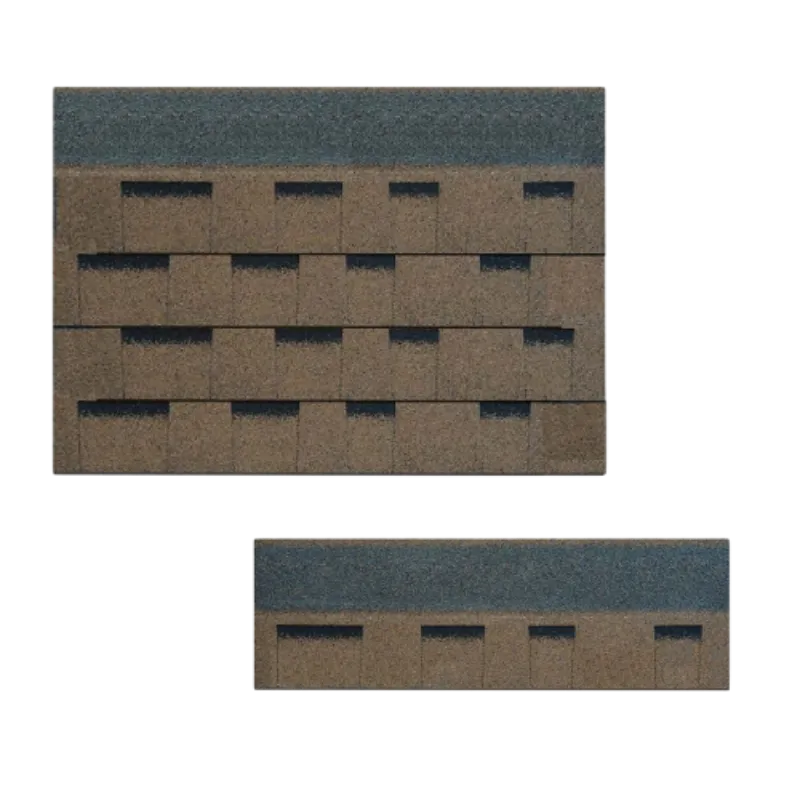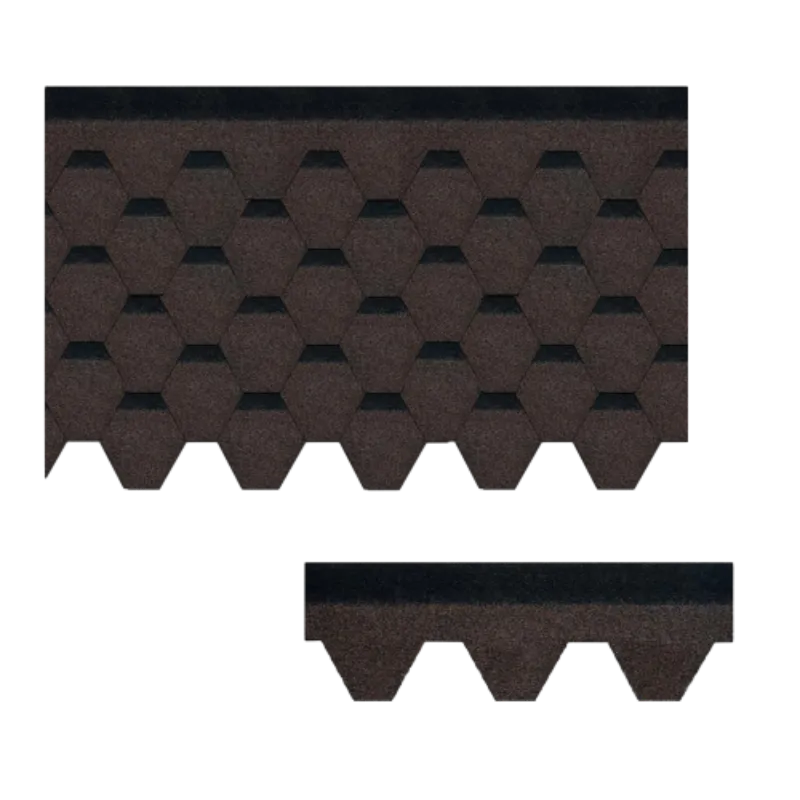
Nov . 18, 2025 12:30 Back to list
Terracotta Roof - Durable, Eco-Friendly Roofing Solutions for Modern Construction
Terracotta Roof: A Timeless Solution in a Changing World
Terracotta roofing has been around for centuries, standing the test of time not just due to its classic aesthetic but because of its resilience and environmental benefits. Nowadays, with increasing global emphasis on sustainable construction and climate-adaptive architecture, the terracotta roof is experiencing a renaissance. Understanding why this roofing material still matters globally — and truly appreciating its benefits — is more valuable than ever.
Why Terracotta Roofing Matters Globally
The sheer scale of global construction growth in the 21st century demands materials that are durable, eco-friendly, and cost-efficient. According to the UN Environment Programme, buildings contribute nearly 40% of global CO2 emissions (1). With the push for greener cities, terracotta roofing emerges as a natural, energy-efficient option reducing thermal loads and carbon footprints. Beyond cities, terracotta roofs often play a crucial role in disaster-prone regions where affordability and longevity can literally mean shelter and safety.
But there’s a little irony here: terracotta, the ancient baked earth, is stepping up amid the digital age’s fanciest innovations. The challenge? How do traditional materials keep pace with evolving architectural demands and climate considerations? As we’ll see, terracotta roofs often tick those boxes—and sometimes surprise us.
What Exactly Is a Terracotta Roof?
Terracotta roofs are essentially roofs tiled with fired clay tiles — terracotta literally means “baked earth” in Italian. These tiles are traditionally reddish-brown thanks to natural iron content but can be glazed or treated for different colors and textures. Unlike many synthetic roofing products, terracotta tiles are mineral-based, non-toxic, and require minimal processing.
In modern industry, terracotta roofs are appreciated for their low maintenance and effective thermal insulation properties. Humanitarian organizations also find them useful for semi-permanent housing due to their availability, thermal comfort, and longevity.
Core Attributes of Terracotta Roofing
Durability & Weather Resistance
Terracotta tiles withstand harsh weather remarkably well. Many last 50 to 100 years if installed properly — even in high UV, heavy rain, or freeze-thaw cycles. The natural material won’t corrode or rot, unlike many synthetic membranes. This durability translates to fewer replacements and less waste over a building’s lifespan.
Thermal Efficiency & Comfort
The porous nature of terracotta allows it to absorb and release heat slowly. This "thermal lag" reduces indoor temperature swings, cutting down on energy needed for heating and cooling. In hot climates, terracotta roofs keep interiors cooler; in colder ones, they trap warmth. It’s almost like nature’s own thermostat.
Cost-Efficiency & Scalability
While upfront costs might be moderate compared to basic asphalt shingles, terracotta tiles pay off over decades due to low maintenance needs. Plus, their modular tile design simplifies installation and repair, making terracotta roofing scalable for projects ranging from small homes to large complexes.
Sustainability & Environmental Impact
Made from abundant natural clay and fired with relatively low-energy processes, terracotta is often considered eco-friendlier than petroleum-derived roofing. It’s recyclable too, since broken tiles can be crushed and reused as aggregate or landscaping material. These characteristics align well with sustainable building certifications.
Aesthetic & Architectural Versatility
The classic warm hues and elegant shapes of terracotta tiles beautifully complement Mediterranean, colonial, and contemporary designs alike. Many architects highlight the visual warmth of terracotta roofs as a way to meld tradition with modern sensibility.
Global Reach and Practical Uses of Terracotta Roofs
Terracotta roofing is truly global but shines in specific regions and contexts:
- Mediterranean & Southern Europe: The birthplace of terracotta roofing, these roofs remain iconic — blending durability and aesthetics perfectly.
- South and Southeast Asia: In rural villages and urban centers alike, terracotta roof tiles endure tropical rains and offer cool indoor conditions.
- Disaster Recovery Zones: After earthquakes or cyclones, terracotta tiles have been used in rebuilding initiatives where local materials and durability are prioritized.
- Eco-friendly Urban Developments: Cities aiming for LEED or BREEAM certification increasingly endorse terracotta roofing for its sustainability and lifecycle advantages.
Take the example of a NGO rebuilding homes in Indonesia post-tsunami. Using local terracotta tile suppliers sped up recovery efforts — and boosted local economies. For many low-income communities, terracotta roofing offers a balance of quality and accessibility.
Advantages and Enduring Value
Besides lasting half a century or more, terracotta roofs provide weatherproof shelter that promotes health and dignity. Energy savings translate to reduced living costs. There’s a kind of emotional reassurance in knowing your roof is both beautiful and strong.
From a broader perspective, communities adopting terracotta roofs contribute less to landfill waste and global warming. Engineers and homeowners alike note the pleasure of a roof that “breathes” with the building.
Terracotta Roof Specification Table
| Feature | Specification | Benefit |
|---|---|---|
| Material | Natural clay | Eco-friendly and recyclable |
| Durability | 50-100 years lifespan | Long-term cost savings |
| Thermal conductivity | 0.5 – 1.0 W/m·K | Helps regulate indoor temperature |
| Weight | 4-6 kg per tile | Requires sturdy roof frame |
| Color options | Natural red-brown, glazed variants | Architectural flexibility |
Leading Terracotta Roof Material Vendors Compared
| Vendor | Price per m² | Warranty | Sustainability certification | Lead time |
|---|---|---|---|---|
| ClayMasters | $45 | 30 years | ISO 14001 | 4 weeks |
| EcoTile Pro | $50 | 40 years | LEED compliant | 6 weeks |
| Heritage Clay Co. | $42 | 25 years | None | 3 weeks |
Future Trends and Challenges in Terracotta Roofing
Frankly, terracotta roofs aren’t without challenges. They’re heavier than many modern alternatives, requiring sturdy framing. Manufacturing quality can be inconsistent globally, and initial installation requires skilled labor to avoid leaks. But with emerging digital tools like 3D scanning and advanced kiln tech, quality and fit are improving.
Sustainability will remain a hot topic, pushing vendors to reduce firing emissions and source clay responsibly. I’ve seen some startups blending terracotta with solar-active coatings — roof tiles that both protect and generate power. It’s a neat twist on an old favorite.
Frequently Asked Questions About Terracotta Roof
- How long does a terracotta roof typically last?
- Properly installed terracotta roofs can last 50 to 100 years, often outlasting other roofing types like asphalt or metal by decades.
- Are terracotta roofs suitable for heavy rainfall areas?
- Yes. Their porous nature is balanced by glaze treatments that repel water, making them highly water-resistant and ideal for wet climates.
- Is terracotta roofing eco-friendly?
- Absolutely. Made from natural clay, terracotta is recyclable, has low embodied energy, and contributes to reduced carbon emissions throughout its life cycle.
- What maintenance does a terracotta roof require?
- Regular inspections for cracked or displaced tiles and cleaning for moss or debris are recommended. Overall, maintenance costs remain low over time.
- Can terracotta tiles be customized in color or shape?
- Yes, glazing and firing techniques allow for a variety of colors and finishes. Shapes vary from traditional barrel to modern flat tiles catering to diverse architectural styles.
In Conclusion: Why Terracotta Roofs Still Shine
To wrap things up, terracotta roofing blends tradition, sustainability, and enduring performance into an architectural treasure. Its proven track record, coupled with modern innovations, makes it a stellar choice for builders seeking a reliable, green, and beautiful roofing solution.
Interested? Take a closer look at materials, styles, and local suppliers by visiting terracotta roof resources, and see how this timeless material can fit your next project.
Mini takeaway: Terracotta roofs offer longevity, climate adaptability, and aesthetic warmth — qualities increasingly valued in today’s sustainable building landscape.
References
-
Black Clay Tile: Durable, Sustainable Roofing for Modern Needs
NewsNov.24,2025
-
Red Clay Roof Tiles: Durable, Sustainable & Stylish Roofing Solutions
NewsNov.23,2025
-
Durable and Sustainable Ceramic Roofs: A Global Perspective on Design & Innovation
NewsNov.23,2025
-
Synthetic Clay Tile Roof – Durable, Eco-Friendly Roofing Solutions for Modern Buildings
NewsNov.22,2025
-
Expert Guide to Terracotta Tile Roof Restoration - Sustainable Preservation & Repair
NewsNov.21,2025
-
Planum Roof Tiles – Durable, Sustainable Flat Roofing Solutions for Global Needs
NewsNov.20,2025


